Spotting venomous spiders in America might not be your favorite pastime, but knowing which ones to watch out for can be crucial. While most spiders won’t harm you, a few carry venom that packs quite a punch. It’s not just about avoiding a bad bite; it’s about understanding which spiders pose a real threat. With this guide, you’ll be able to better identify the spiders you may encounter, from the notorious to the lesser-known. So, let’s dive into the world of America’s most venomous spiders and understand what makes them stand out.
1. Brown Recluse Spider
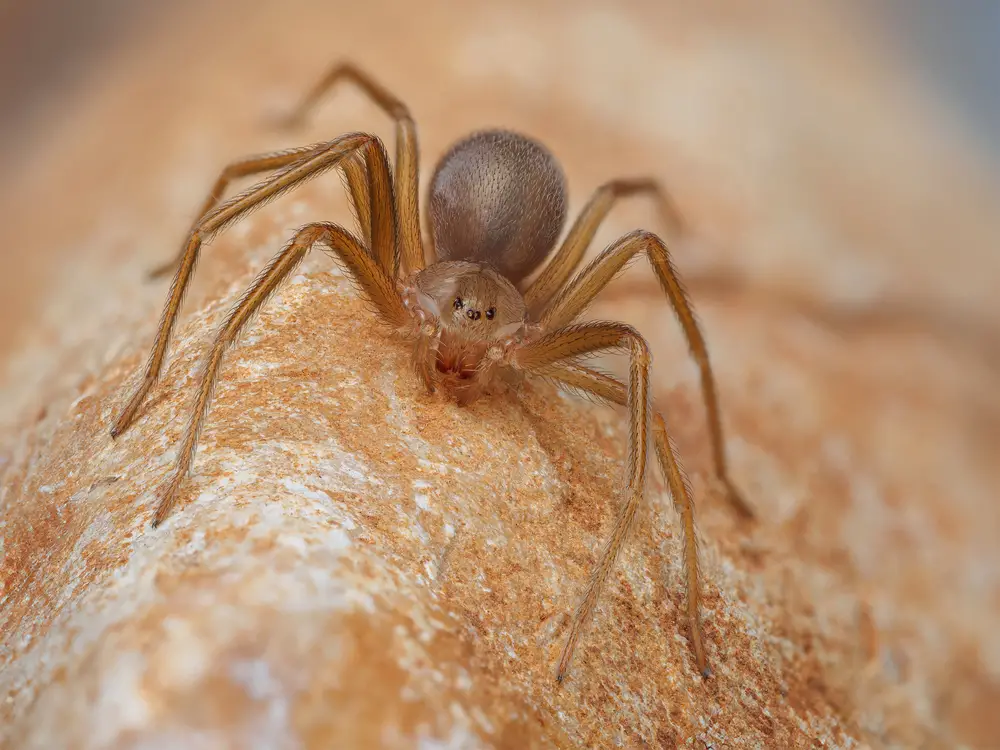
The brown recluse is like the introvert of the spider world—preferring to stay hidden in quiet, undisturbed places. Recognizable by its violin-shaped marking on the back, this spider is not one you want to provoke. Its venom can lead to serious skin necrosis, which sounds as uncomfortable as it is. Often found in the central and southern United States, they thrive in dark, secluded spaces like closets or under beds. If bitten, it’s crucial to seek medical attention promptly, but rest assured, fatalities are incredibly rare.
2. Black Widow Spider
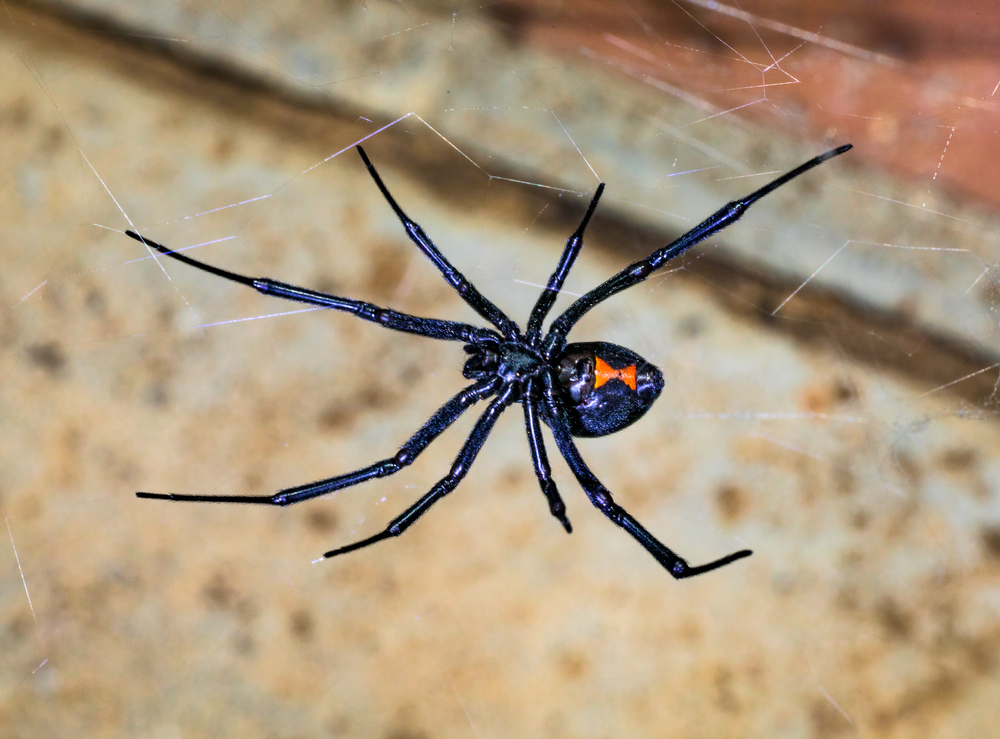
Sporting a glossy black body with a telltale red hourglass mark on its abdomen, the black widow is infamous for good reason. The venom is considered potent, causing symptoms like muscle pain and spasms. Although their bites are rarely fatal, they can be quite uncomfortable and deserve medical attention. Found in warmer regions across the U.S., these spiders prefer sheltered, dimly lit spots, like garages or woodpiles. Despite their fearsome reputation, black widows are not aggressive and bites occur mostly in self-defense.
3. Hobo Spider
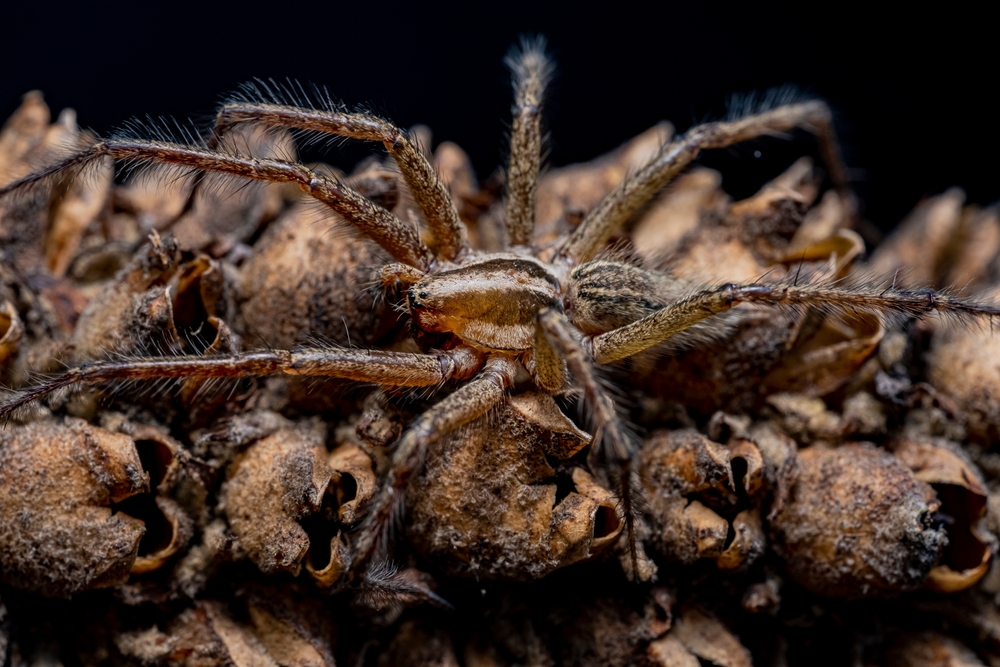
The hobo spider, native to the Pacific Northwest, has garnered a reputation for its venom, though its danger to humans is sometimes debated. Known for its funnel-shaped web, this spider isn’t typically aggressive. Its bite is rumored to cause skin irritation and, occasionally, necrotic lesions, although this is less common than previously thought. They dwell in fields or basements and tend to avoid human interaction. While not the top villain of spiders, it’s wise to treat encounters with caution and consult a professional if bitten.
4. Yellow Sac Spider
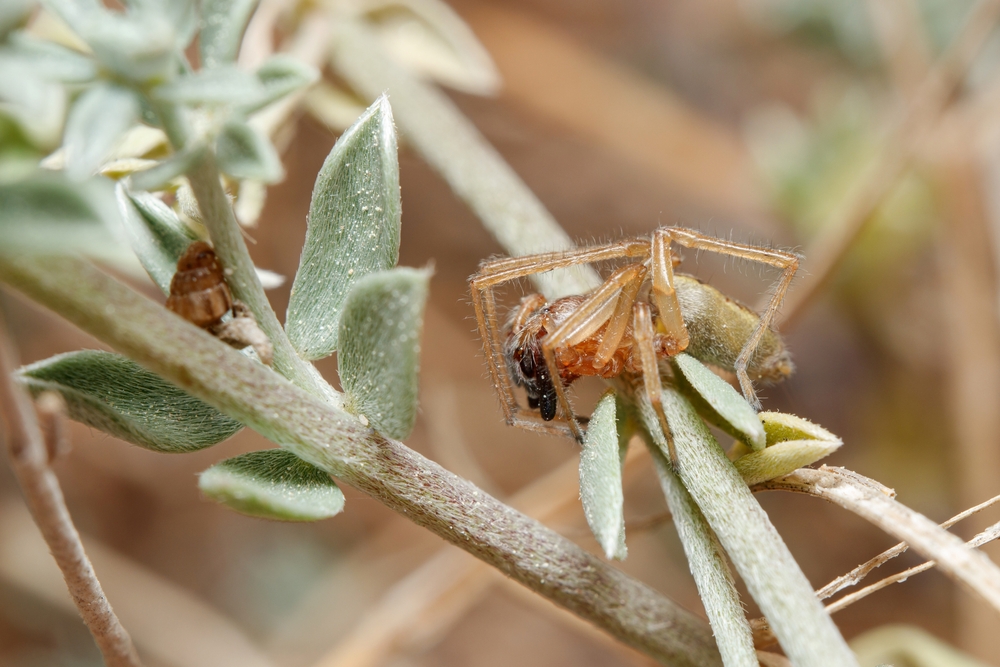
Small yet significant, the yellow sac spider makes its presence known in many U.S. households. While they’re often pale to bright yellow, they sometimes sport a greenish tint. Known for nocturnal activities, they weave silk sacs for hiding rather than web catching. Bites from these spiders may cause a burning sensation or mild skin lesions, often mistaken for more severe spider bites. Though not life-threatening, their bites can prompt a visit to the doctor for reassurance and treatment, particularly if symptoms worsen.
5. Wolf Spider

With a name like “wolf spider,” you might expect something vicious, but these creatures are more bark than bite. Known for their speed and hunting abilities, they don’t spin typical webs but actively chase down prey. Found all over the U.S., they are large, hairy, and sometimes mistaken for tarantulas. While their bite can be painful, resembling a bee sting, it generally isn’t dangerous to humans. They prefer avoiding human interaction, so bites are rare and usually occur if they’re trapped against your skin.
6. Red Widow Spider
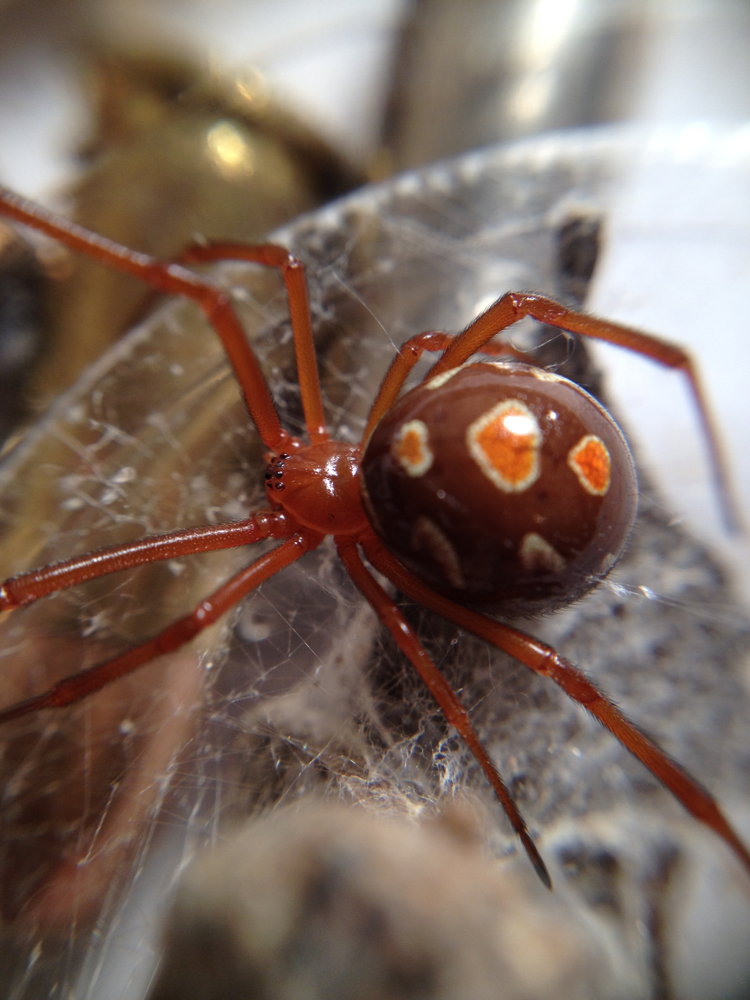
A relative of the black widow, the red widow stands out with its colorful body parts—red legs and a red-striped abdomen with a black spot. Native to the sandy scrub regions of Florida, they are rarer to encounter compared to their infamous cousins. Like other widows, their venom can cause muscle pain and cramping, though encounters with humans are infrequent. They prefer to keep their distance, hiding in palmetto habitats. When found, they are more beautiful than deadly, preferring to stay out of harm’s way.
7. Brown Widow Spider
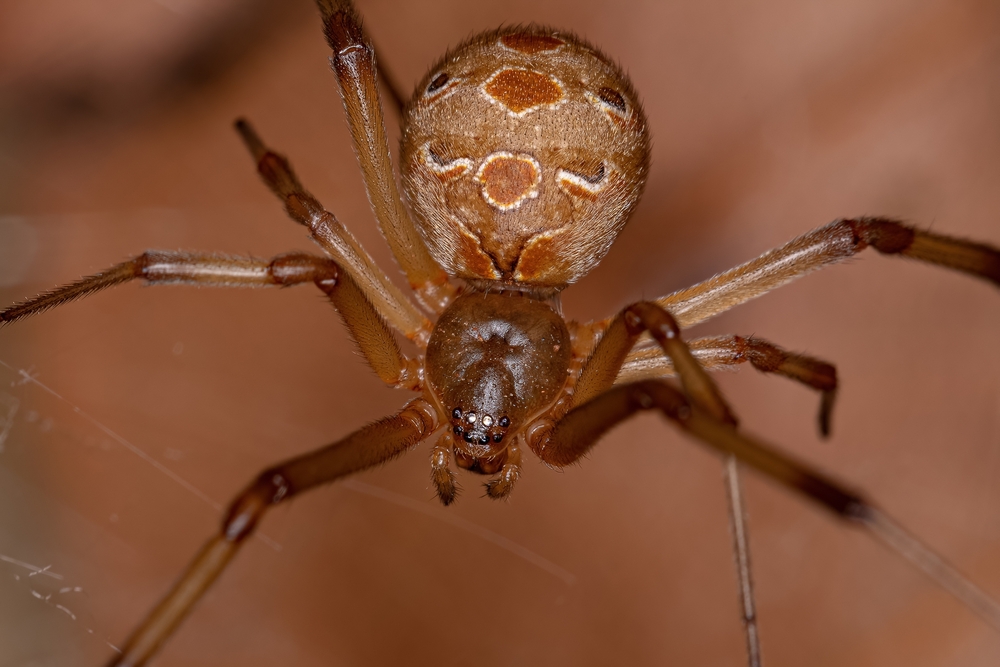
The brown widow might seem like a pale shadow next to its black cousin, but it deserves respect. Sporting a tan to dark brown color with an orange hourglass pattern, this spider is found in warmer climates like those in the southern U.S. and Hawaii. Its venom is more potent than the black widow’s, but less is injected, making bites less severe. Symptoms usually include muscle cramps and localized pain. Like its relatives, it’s non-aggressive, biting only when threatened or provoked.
8. Tarantula
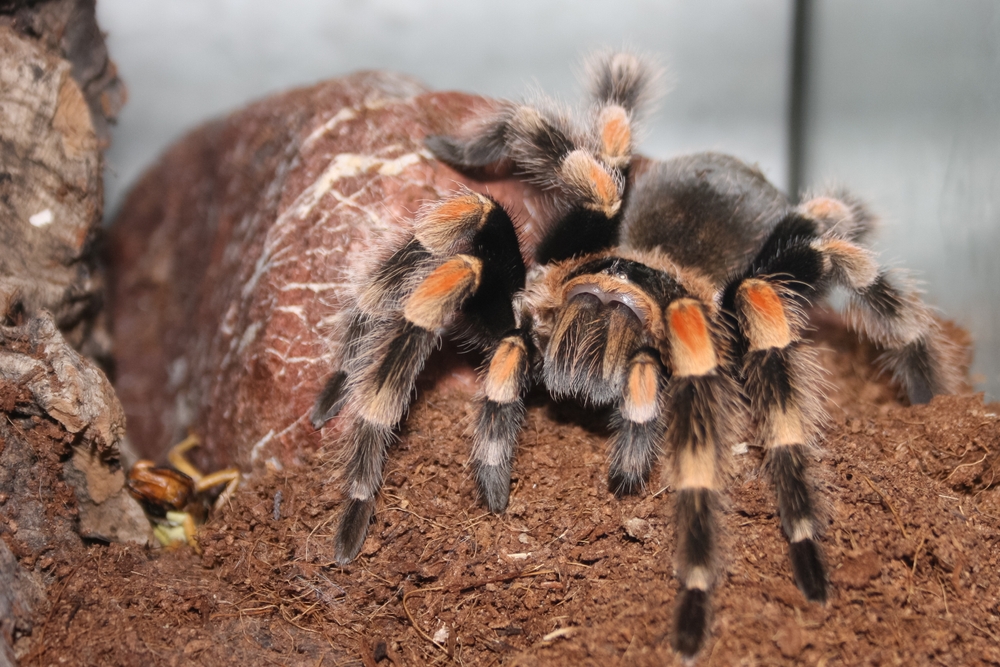
Tarantulas might look intimidating due to their size and hairy appearance, but they’re more docile than dangerous. Found primarily in the southern and western United States, these gentle giants are often kept as pets. Their venom is mild, causing irritation similar to a bee sting. These spiders are generally shy and prefer to retreat rather than confront. While their large size might startle you, there’s no need to panic; tarantulas are more likely to scurry away than pose any real threat to humans.
9. Southern Black Widow
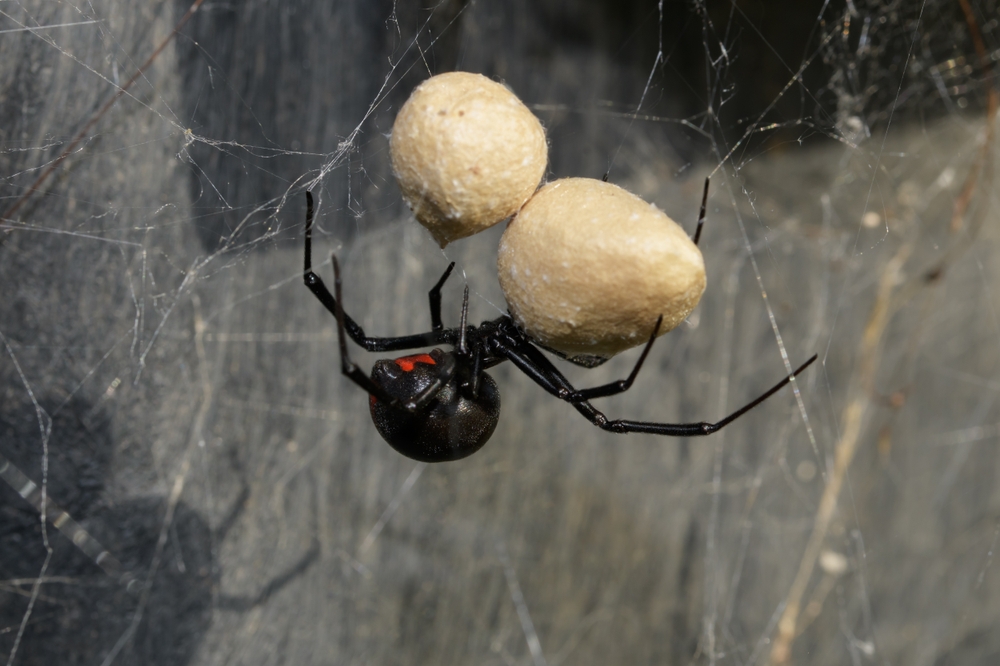
The southern black widow is another member of the widow family, distinguished by its glossy black body and red hourglass marking. Found in the southeastern U.S., it shares traits with its northern relatives—shy, nocturnal, and non-aggressive. The venom is potent, causing symptoms like sweating, nausea, and muscle cramps, yet bites are rarely fatal. These spiders prefer undisturbed areas like woodpiles or outdoor sheds. If bitten, medical attention is advised, though symptoms are typically manageable with proper care.
10. Northern Black Widow
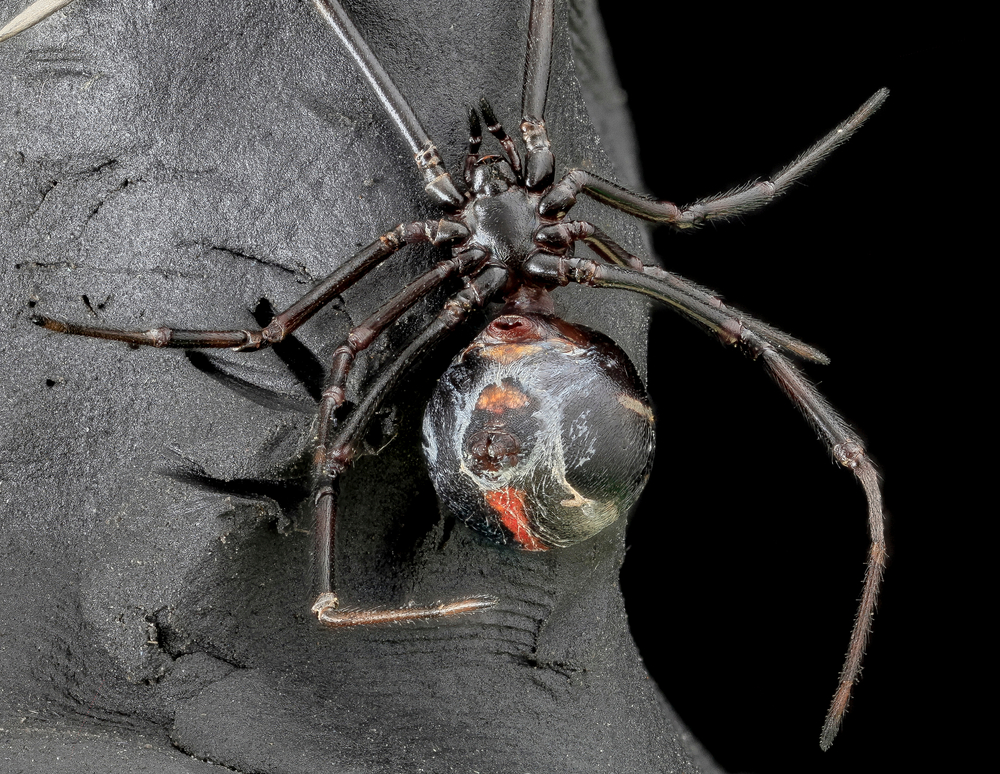
Similar in appearance to the southern variety, the northern black widow also features the distinctive red hourglass and glossy black body. It resides in the northeastern parts of the U.S., hiding in dry, sheltered areas. The venom can cause discomfort and requires attention, but poses little threat to life when treated. Known for their reclusive nature, these spiders are seldom aggressive, biting only when pressed. Despite their reputation, encounters with humans are rare and usually end without incident.
11. Chilean Recluse Spider
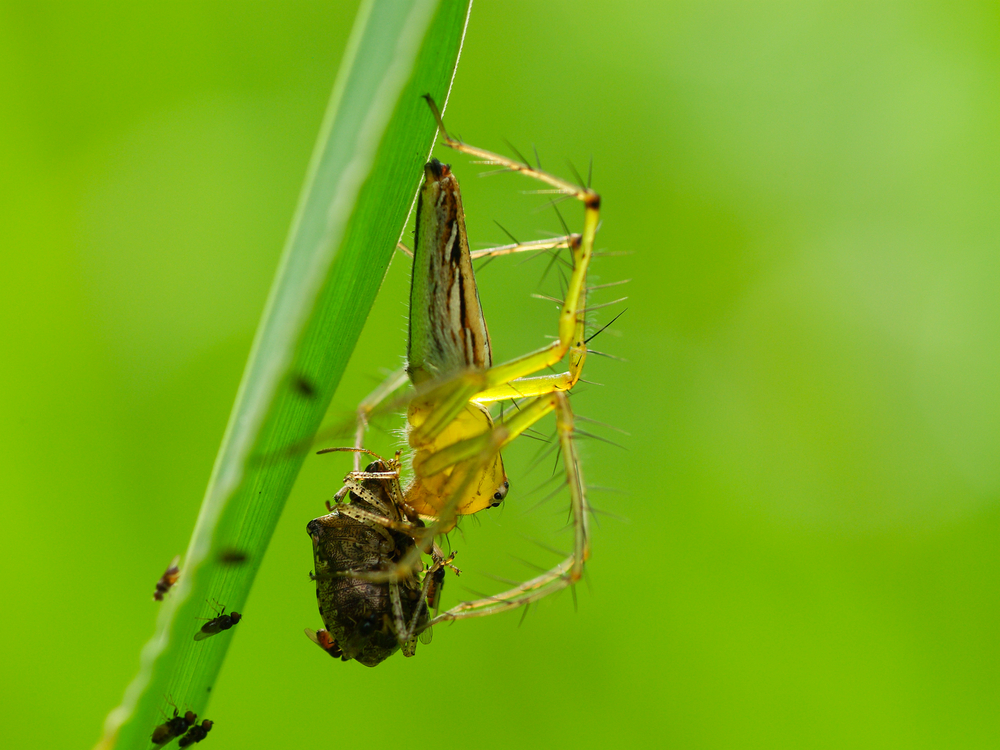
Though not native to the U.S., the Chilean recluse has made appearances in some areas, warranting a spot on this list. Known for its potent venom, it can cause severe skin damage, similar to its brown recluse cousin. Recognizable by a violin-like marking on its back, it prefers hidden, undisturbed locations. Humans rarely see them, but when contact occurs, medical intervention is necessary to manage symptoms effectively. As with all recluse spiders, avoidance and caution are the best approaches.
12. Parson Spider

The parson spider, named for its black and white markings resembling a clerical collar, is common across North America. It’s a fast runner and prefers to scuttle away from threats rather than confront them. Their bites are generally non-aggressive and cause mild irritation or rash, which can be treated with over-the-counter remedies. These spiders are often encountered indoors, particularly where there’s clutter. While they aren’t usually harmful, they can be a nuisance, making regular cleaning a good way to minimize encounters.
